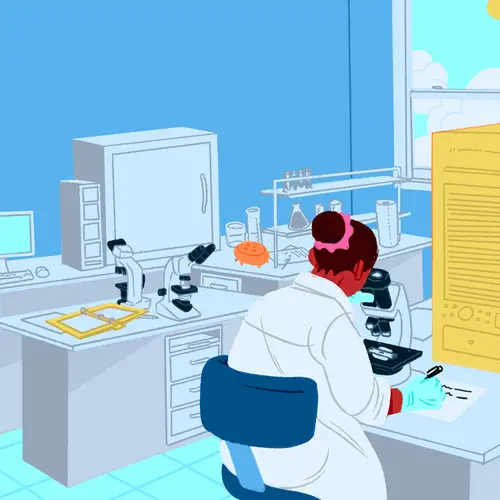What Happens When You Have Stroke Symptoms?
Your brain needs oxygen to work properly, and your arteries bring oxygen-rich blood to your brain. A stroke happens when blood flow to the brain gets blocked or a blood vessel bursts. Then part of your brain can’t get the oxygen it needs, and brain cells become damaged or die.
Signs and Symptoms of a Stroke
The five main signs and symptoms of a stroke in both men and women include sudden:
- Weakness or numbness on one side of your face or in one arm or leg
- Confusion, trouble speaking, or trouble understanding speech
- Trouble seeing in one or both of your eyes
- Trouble walking, dizziness, or lack of balance or coordination
- Severe headache with no other cause
Other symptoms may include:
- Fainting briefly
- Sudden falls with no clear cause
- Loss of strength
- Sudden loss of balance, sometimes along with vomiting, nausea, fever, hiccups, or trouble swallowing
FAST for Stroke Symptoms
Experts use the acronym FAST to remind people how to recognize the signs of a stroke and what to do. FAST stands for:
Face
Tell the person to smile. Watch to see if their face droops.
Arms
Have the person raise both their arms. Watch to see if one is weak or sags.
Speech
Ask the person to say a simple phrase. Listen for slurred or strange-sounding words.
Time
Every minute counts. Call 911 right away.
It’s important to act FAST because the best stroke treatments can be used only if the stroke is diagnosed within 3 hours of the first symptoms. Because this timing is important, note what time the symptoms started.
When to Get Emergency Help for Stroke Symptoms
If you or someone with you shows any signs of a stroke, don’t wait. Quick treatment is crucial to survival and recovery.
Call for emergency services. If the symptoms pass quickly, there may have been a transient ischemic attack (TIA) or a "mini stroke." It's a brief blockage of blood flow to your brain that often comes before a stroke. It may last for only a few minutes. Don’t ignore this warning sign.
Get to the hospital right away. Some treatments must begin within a few hours of symptoms. Early treatment can often help prevent death or disability.
Takeaways
A stroke happens when your brain doesn’t get the oxygen it needs. It’s caused by the blood flow to your brain getting blocked or an artery in your brain bursting. If you notice any stroke symptoms, act FAST and get emergency medical attention right away. Getting treatment quickly is important.
Stroke Symptom FAQs
- What are the five warning signs of a stroke? The five warning signs of stroke are sudden numbness, confusion, trouble seeing, trouble walking, and a severe headache.
- What happens before a stroke? A stroke happens when blood flow to the brain is blocked. Before a stroke, you may also have a TIA, or a mini stroke. Although the effects of a TIA are temporary, you may be at risk of having an actual stroke later.
- What are the main causes of strokes? There are two types of strokes: ischemic, when a blood vessel in your brain is blocked, and hemorrhagic, when a blood vessel in your brain bursts.
- What is the best treatment for a stroke? The right treatment depends on your situation and what type of stroke you had, but it may include “clot-busting” drugs, medication to reduce brain swelling, or brain surgery.

